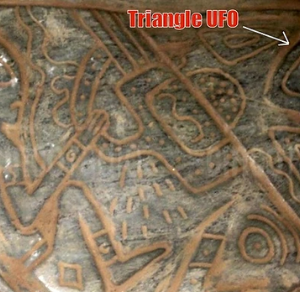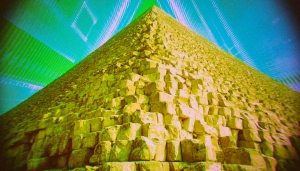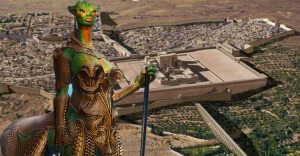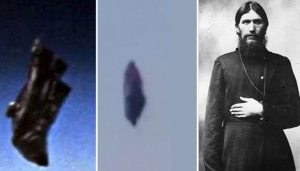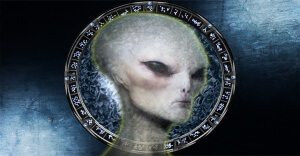In an intriguing episode of Joe Rogan’s podcast featuring Kat Williams, the conversation veered into the esoteric and the ancient, centering around Williams’ uniquely designed necklace. This piece of jewelry, which Williams explained was inspired by ancient Anunnaki symbolism and purportedly represented advanced technologies like Stargate and interdimensional travel, served as a springboard into discussions on human potential, ancient mythologies, and extraterrestrial theories.
The Anunnaki Connection
Williams explains his quest for understanding led him to design the necklace, inspired by the Anunnaki’s emblematic imagery that resembles a ship’s wheel or a sophisticated watch. He identifies his necklace as a “timekeeping compass,” a symbol of significance due to its purported ability to perform miraculous feats, such as instantaneous travel. This accessory, according to Williams, symbolizes the wearer’s mastery over mystical abilities, hinting at a deep-seated connection with forgotten knowledge and skills likening it to a “biological machine” we all possess. He argued that such symbols and the stories behind them are rooted in factual histories rather than mere fabrications, suggesting a tangible impact of these ancient technologies on human civilization. This capability elevates its bearer to a status of considerable importance, imbued with the power to achieve what seems like magic.
Williams emphasizes that once we grasp the workings of this biological machinery, the possibilities for enhancement are boundless. We can amplify its capabilities, making it stronger and more intelligent. According to the ancient Anunnaki, such potential is grounded in reality, not mere fantasy. This assertion underpins the authenticity of items like Williams’ necklace, dismissing speculative online queries about its religious or cultural affiliations as unfounded.

The essence of this “timekeeping compass” requires a leap of faith into concepts once deemed implausible, such as magnetism, spatial understanding, and the calculus of chance. Williams recalls the widespread curiosity about his necklace following his initial podcast appearance, where he linked it to Stargate technology and the symbolism of the eight-pointed star, hinting at its true nature as a tool for interdimensional navigation.
Despite the complexity of conveying this concept, Williams admits his initial explanations might have fallen short, leading to misconceptions about the necklace’s function. He clarifies its purpose as a teleportation device, rather than a mere chronometer, evidenced by ancient depictions featuring eight circular motifs. These details not only reinforce the connection to Stargate technology but also affirm the necklace’s design as a contemporary nod to an age-old symbol of cosmic traversal.
The sequence 1234-5678 symbolizes the eight-pointed star, mirrored in the design of Kat’s necklace, which features eight spokes akin to a ship’s wheel. This pattern is not coincidental but deeply rooted in the lore of the Anunnaki. In ancient mythology, this star is associated with Anu, the sky god and patriarch of deities like Enlil and Enki. Enlil, who is equated with Jupiter and Zeus, succeeded Anu in the divine hierarchy.
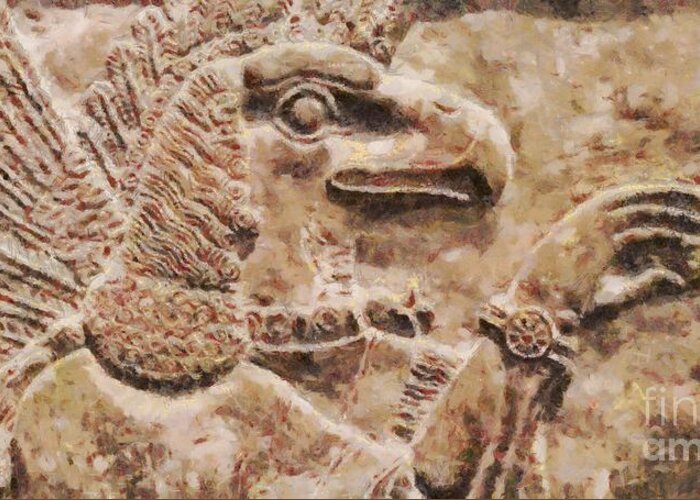
Anu’s name tends to be overshadowed by those of Enki and Enlil in modern discussions. The eight-pointed star also appears in depictions of Marduk, adorned with this symbol. Ancient narratives recount how an eight-pointed star would manifest in the sky, heralding the arrival of towering humanoid beings wielding sophisticated technology. Anana’s name, rendered in cuneiform, encapsulates the numeral eight, further emphasizing the symbol’s significance.
Observations reveal the eight-pointed star in various contexts, from the layout of CERN to the Vatican’s architecture, symbolizing a gateway to other dimensions. This concept aligns with the theory that Nibiru exists not merely as a celestial body but as a distinct dimension accessible through Stargate technology—a point Williams emphasizes, reflecting on the profound implications of his discussion. The symbol’s recurrence, from the Springfield clock in “The Simpsons” to superhero emblems, suggests a link to the extraordinary capabilities attributed to the Anunnaki.
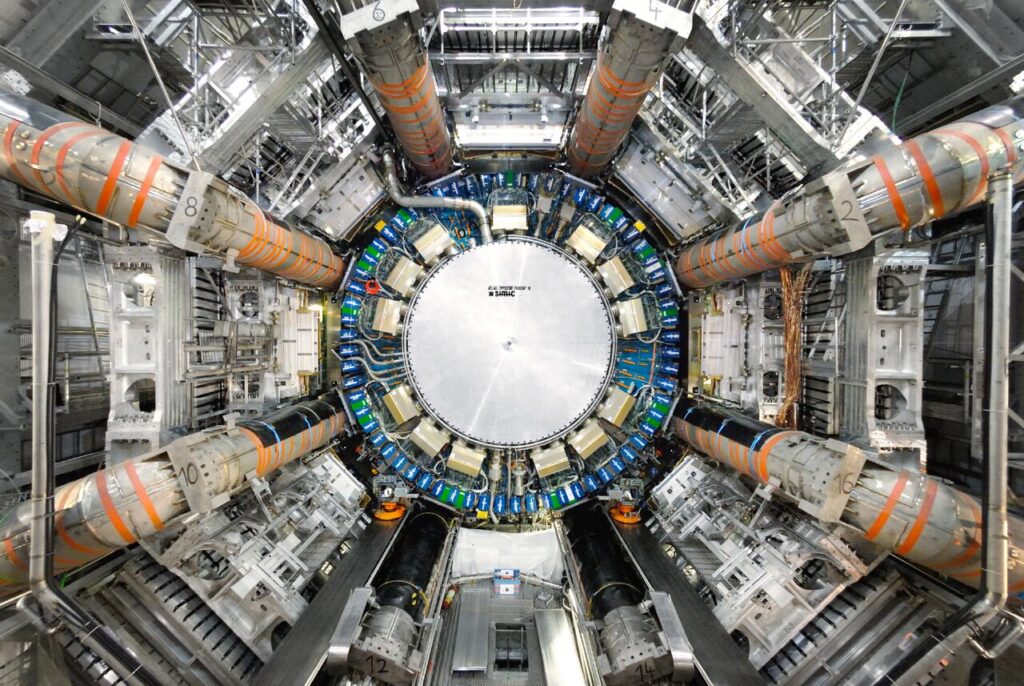
The symbolism extends to the Maltese cross and the ancient representation of Nibiru, both echoing the eight-pointed star’s form. The inception of the Order of the Dragon by Vlad the Impaler’s father, tied to this Anunnaki lineage, further explores the symbol’s depth. A notable moment in the Apple TV series “Constellation” spotlights the eight-pointed star, marking a significant nod to this ancient emblem.
The correlation between the solar cross, the time cube, and Nibiru’s ancient symbol suggests a complex interplay of meanings that may overlap with the eight-pointed star of Ishtar and the sun cross of Shamash. While some may argue these symbols differ, the underlying connections invite further contemplation. The eight-pointed star’s presence on national flags, including the Union Jack and that of the Basque region in Spain, hints at a broader ancestral link to the Anunnaki, underscored by the high incidence of the Rh-negative blood type within these lineages. The association of Saturn with the ancient sun, as explored in numerous blogs, reinforces the enduring fascination with these celestial and mythological connections.


Efforts are being made to recreate a mythical era of prosperity, referenced in the ancient scriptures of the Book of Enoch, which vividly describes beings of diverse races, known as the Anunnaki. These beings defied the divine and mingled with human women, producing a lineage of giants. Enoch, the progenitor of Noah, also referred to as Zisudra, documents Noah’s unique albinism, blue eyes, and his lineage from Enki, the Sumerian deity of water.
Intriguingly, the Book of Enoch was omitted from the Bible by the Council of Nicaea in 325 AD, likely due to its explicit accounts of interactions with the Anunnaki and their profound impact on early humanity. The intention here is to illuminate the comprehensive historical narratives found in the Book of Enoch and the elusive Book of Enki, offering insight into these ancient occurrences. Enoch is portrayed as a virtuous figure, highly esteemed by the divine.
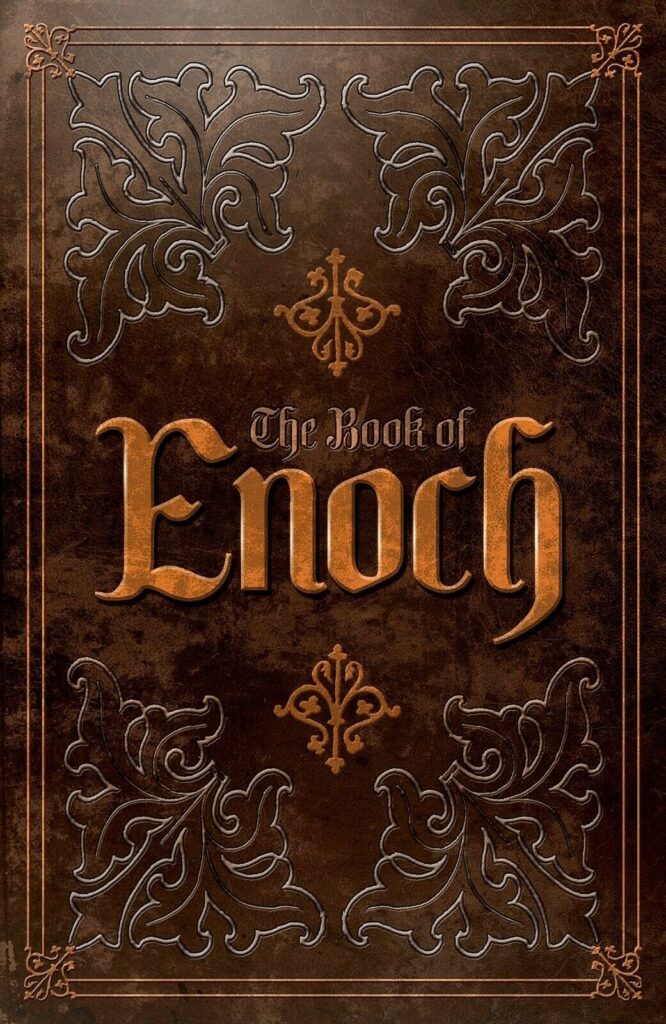
Enki recounts a period before the catastrophic deluge, witnessing awe-inspiring phenomena akin to ascending the heavens in a fiery vessel, which could be interpreted today as a spacecraft journeying beyond Earth’s confines. This era was marked by harmony, with humanity engaging in ceremonial offerings to their deity and lesser gods.
These deities graciously accepted human offerings, rendering agricultural endeavors unnecessary as humans cultivated sustenance for them. With Enlil absent, Enki, described as benevolent and sagacious, assumed stewardship of Earth, displaying a particular fondness for humanity. This affection led to a forbidden liaison with the wife of Lamech, resulting in an offspring.
Lamech’s revelation of this child to his father, Methuselah, was met with astonishment due to the child’s divine resemblance, deviating significantly from human offspring. This narrative underscores Noah’s, or Zisudra’s, distinct appearance and divine heritage, positioning him apart from his contemporaries and hinting at his semi-divine status, being part Anunnaki.
Upon his return, Enoch was endowed with advanced architectural knowledge, inexplicably versed in constructing monumental edifices. This period was characterized by humans with melanin-rich skin, while the celestial visitors, depicted as towering, albinistic beings, bore a resemblance to characters from the films “Prometheus” and “Alien Covenant,” suggesting a semblance of truth in these cinematic portrayals.
These celestial architects had the capability to orchestrate global cataclysms, such as floods and ice ages, to initiate anew on planets across galaxies. This ambiguous authority raises questions about their autonomy or subservience to higher entities. Despite the novelty of this topic, it introduces a compelling narrative awaiting exploration.
The discussion encourages an open-minded approach to Ridley Scott’s “Alien Covenant” and its portrayal of extraterrestrial engineers and their creations, drawing parallels with real-world speculations. The narrative of humans, engineers, and superior beings closely mirrors the account of extraterrestrial contactees like Alex Collier, who describes his encounters with the Andromedan race, emphasizing their technological and spiritual superiority.
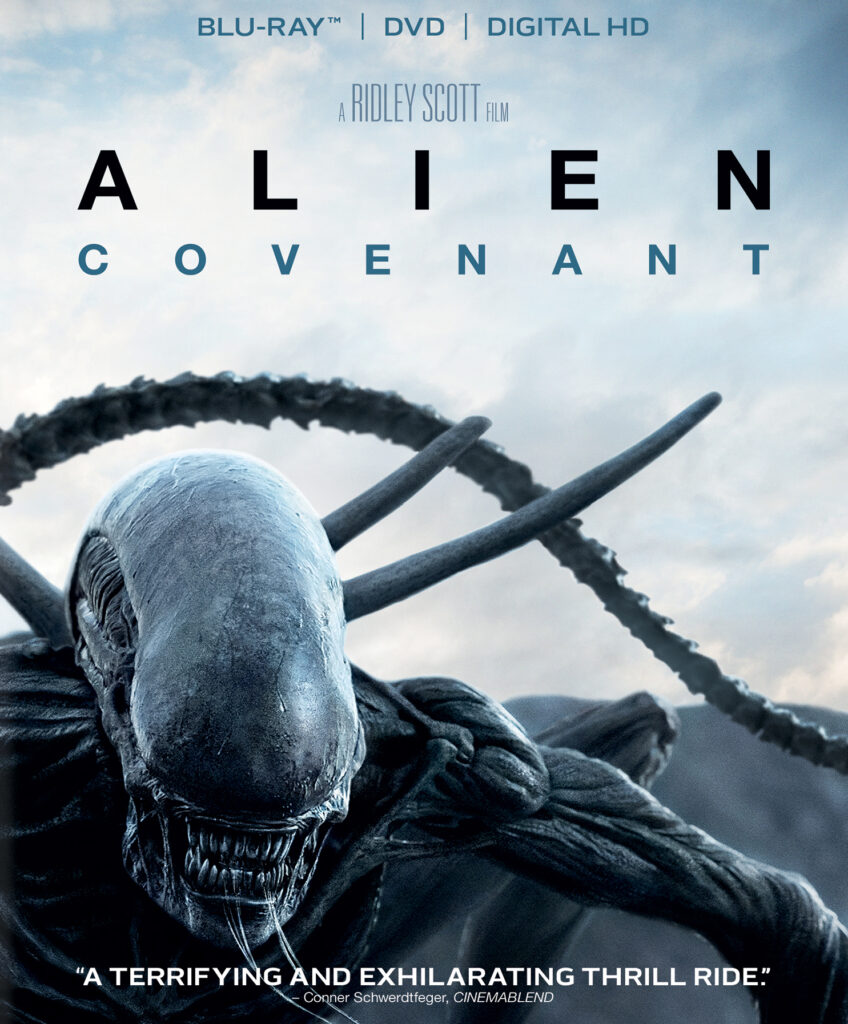
Collier’s narratives reveal a sophisticated civilization intent on galactic evolution, hindered by human reluctance to advance consciousness and acknowledge otherworldly benefactors. The potential for galactic advancement hinges on humanity’s willingness to evolve or face extinction. This scenario revisits the ancient alien hypothesis surrounding the Anunnaki’s intervention in human development, suggesting a broader cosmic agenda for biodiversity across the universe, reminiscent of the paradisiacal depictions in “Alien Covenant.”
Early human encounters with these divine visitors shaped their perception of gods, influencing narratives of celestial governance and the creation of new species. Ridley Scott’s cinematic ventures into alien origins and the genetic blueprint of humanity are seemingly inspired by these ancient astronaut theories, bridging mythological narratives with speculative fiction, and inviting a reexamination of our origins and the cosmic possibilities that lie beyond.
Stargate Technology and Interdimensional Travel
The episode with Joe Rogan and Kat Williams was more than just a casual chat about an intriguing piece of jewelry; it was a deep dive into the complex tapestry of human history, ancient mythologies, and the potential of lost ancient technologies. By connecting Williams’ necklace to broader discussions on the Anunnaki, Stargate technology, and extraterrestrial theories, the podcast invited listeners to explore the boundaries between myth and reality, challenging conventional narratives and encouraging a reevaluation of what we know about our past, our universe, and ourselves.


